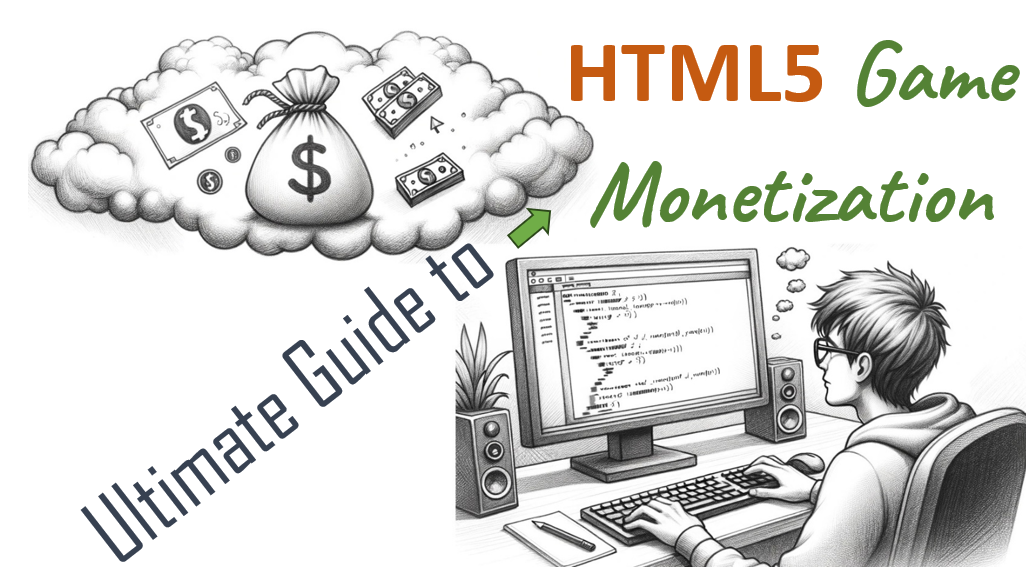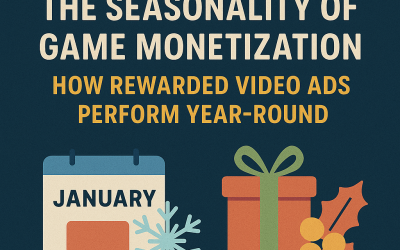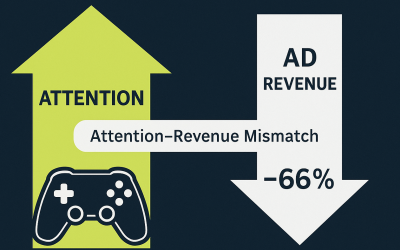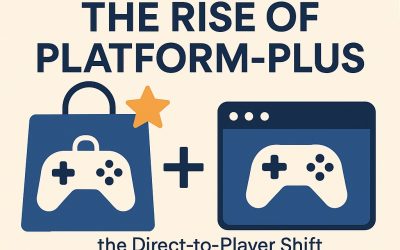AppLixir has pioneered HTML5 game monetization for over half a decade. Over these years, we’ve witnessed a robust adoption of HTML5 game development tools. The fact that it ensures seamless gameplay across multiple devices, has been the main selling point.
Contents
Introduction to HTML5 Games
In recent years, HTML5 games have carved a significant niche in the gaming industry. This rise is not merely coincidental; it mirrors the market’s appreciation for versatile and platform-independent gaming experiences. HTML5, as a technology, has provided developers and gamers with a universal language that transcends device boundaries, enabling games to reach wider audiences without the constraints of specific operating systems or devices.
Moreover, when compared to native apps, HTML5 games offer distinct advantages. They eliminate the need for users to download or update them from app stores, ensuring immediate accessibility via web browsers. This not only reduces the friction for gamers but also eases the distribution challenges for developers. Additionally, HTML5 games ensure consistent performance across diverse devices, leading to a unified user experience that native apps sometimes struggle to maintain. This ease of access and uniformity have positioned HTML5 games as a formidable contender in the modern gaming landscape.
Understanding the Monetization Landscape
Digital gaming continually reinvents its monetization strategies. Initially dominated by straightforward purchase and subscription models, the industry swiftly embraced a myriad of innovative tactics, from in-app purchases to ads and the ever-popular freemium model. This shift ensures developers reach a diverse audience, catering to both dedicated spenders and those favoring free experiences.
In this landscape, HTML5 game monetization stands out with its distinct attributes. Unlike traditional platforms burdened with app store fees, HTML5 games directly engage their audience, often resulting in increased profit margins. However, the convenience of browser-based gaming means players can swiftly shift between games, challenging developers to craft compelling, sticky experiences. Instead of leaning heavily on app store promotions, HTML5 game developers harness the power of shareability, swift load times, and seamless cross-device play to capture attention and drive revenue.
 Monetization Models
Monetization Models
- In-game ads: Banners, interstitials, video ads, playable ads.
In-game ads have become a cornerstone in the modern gaming economy. These ads come in various formats to cater to different user experiences and developer objectives. Banners typically occupy a portion of the screen without disrupting gameplay, while interstitials serve as full-screen ads during transitions. Video ads provide visual narratives, often promoting other games or services. Playable ads take it a step further, allowing users a brief hands-on experience of a new game, thereby increasing the chances of user acquisition.
- In-app purchases and microtransactions.
In-app purchases and microtransactions represent another robust revenue stream. They allow players to enhance their gaming experience by buying virtual goods, power-ups, and other in-game assets. This model capitalizes on a player’s desire for progression, aesthetics, or competitive advantage, ensuring continuous engagement and a steady flow of revenue.
- Subscription models for premium content or ad-free experiences.
Subscription models introduce an avenue for developers to offer exclusive content or a premium gaming experience. By paying a recurring fee, players gain access to additional levels, exclusive items, or an ad-free environment. This approach fosters a sense of exclusivity and commitment, often leading to a loyal user base.
Rewarded Video Ads offer a win-win solution for both developers and gamers. By watching a short video, usually lasting 15 to 30 seconds, players earn in-game rewards, currency, or other benefits. This model effectively balances the developer’s need for ad revenue with the player’s desire for tangible in-game value, ensuring sustained player engagement.
Using AppLixir Rewarded Video Ad for HTML5 Games
With its focus on rewarded video ads, AppLixir offers developers an engaging tool to monetize their games, driving both revenue and user satisfaction. The efficacy of this network, as with others, hinges on its vast reach and the quality of ads tailored for gaming audiences.
Integration best practices play a pivotal role in maximizing the benefits of AppLixir. Begin with a clear understanding of your game’s user flow to determine optimal ad placement. Ensure the SDK integrates seamlessly without causing lags or crashes. Regularly updating to the latest version of the ad SDK ensures access to new features and performance improvements. Also, developers should take advantage of analytics tools provided to refine their monetization strategies based on real-time user behavior.
The key to monetization success lies in harmonizing user experience with ad placement and frequency. Overloading a game with ads can deter players, leading to drop-offs. With AppLixir’s Rewarded Video Ad, striking the right balance becomes essential. Offering valuable in-game rewards in exchange for viewing ads encourages players to engage willingly. Furthermore, choosing moments in the game where an ad feels natural – such as between levels or after a significant in-game event – minimizes disruption and ensures players perceive the ads as beneficial, rather than intrusive.




